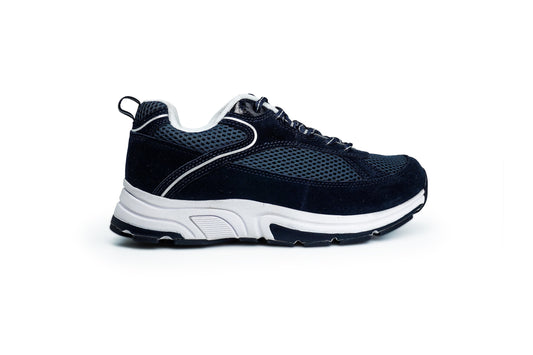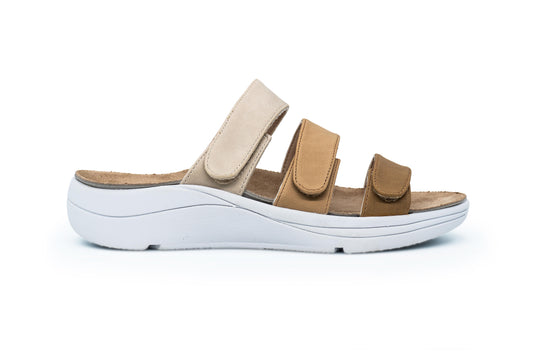Choosing Comfort: The Many Benefits of Orthopedic Shoes for Your Feet
The American Podiatric Medical Association's study reveals alarming statistics - nearly 65 percent of people wear shoes that cause discomfort, contributing to a myriad of chronic foot problems. Blisters, bunions, corns, and heel pain are just a few issues arising from the average of 5,000 to 10,000 steps we take each day in uncomfortable footwear. Enter orthopedic shoes, often misunderstood and underestimated. This article will delve into what makes orthopedic shoes a smart choice for your feet and how they can alleviate common foot problems.
What Are Orthopedic Shoes?
Derived from the Greek words "ortho" for correct and "pedic" for feet, orthopedic shoes are designed around the natural shape of your foot. Offering stability and comfort, these shoes cater to individuals with foot, ankle, or knee pain. Often available in larger sizes and widths, orthopedic shoes accommodate foot orthotics and various conditions like bunions and corns. Modern orthopedic brands offer stylish options both online and in physical stores, challenging the misconception that comfort comes at the expense of aesthetics.
Key Features of Orthopedic Shoes:
- Toe Box:
- Orthopedic shoes boast a wide and deep toe box, countering the common issue of cramped toes in many shoe designs. This prevents painful foot deformities and provides ample room for comfortable toe movement.
- Removable Insoles:
- Most orthopedic shoes come with removable insoles, allowing for adjustments based on foot swelling. This feature also aids in keeping shoes dry and preventing issues like athlete's foot by enabling easy cleaning.
- Heel Counter:
- Providing stability, a firm heel counter is a distinguishing feature of orthopedic shoes. This counters the prevalent issue of flimsy footwear, offering support for those who experience frequent heel pain.
- Contoured Foot Bed:
- Orthopedic shoes follow the natural shape of your foot, offering a contoured foot bed that supports your feet in all their curves. This design is particularly beneficial for individuals with flat feet who require arch support.
-
Slight Heel:
Contrary to the belief that all shoes should be flat, orthopedic shoes often incorporate a slight heel. Research suggests that a heel height of one-half inch to one inch can be beneficial for foot and back health, promoting balance and muscle strength.
Seamless Interior: -
Orthopedic shoes prioritize a seamless interior, eliminating seams and stitches that could cause irritation or injury. This is especially crucial for individuals with sensitive skin, such as those with diabetes or lymphedema.
Breathable Materials: -
Crafted from breathable materials, orthopedic shoes promote air circulation and moisture-wicking. This helps maintain a healthy foot environment, benefiting athletes and those prone to fungal infections.
Padded Tongue: -
The tongue and collar of orthopedic shoes feature soft padding, ensuring comfort and avoiding irritation. Individuals with arthritis, diabetes, or sensitive skin appreciate this thoughtful design.
Choosing the Right Orthopedic Shoes:
- Beyond these features, choosing the right orthopedic shoes involves several considerations:
- Measure your feet accurately.
- Realize shoe sizes vary between brands.
- Take a tracing of your foot when shopping.
- Try on shoes with the right socks.
- Stand up and walk around to ensure a proper fit.
- Pay attention to width; do not compromise on comfort.
- Inspect the shoe interior, looking for potential discomfort.
- Examine the soles for protection and cushioning.
- Recognize that well-made shoes are an investment in foot health.








